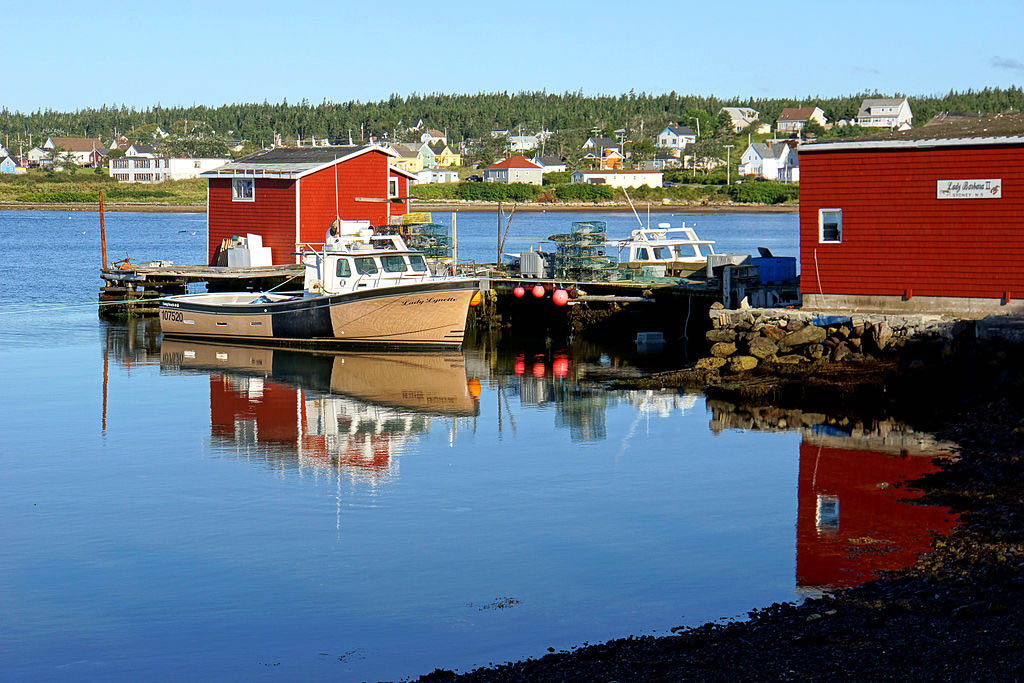The Cape Breton Post newspaper dropped a blockbuster tale on its faithful readers on Tuesday, April 5, 1966, with an exhilarating front-page article about sunken treasure discovered off the coast of Louisbourg, Nova Scotia. That sunken riches came from the sunken ship Le Chameau.
Built in 1717, the French ship Le Chameau was a wooden sailing ship of the French Navy. She made many excursions to New France (modern-day Canada) transporting passengers and goods. On August 27, 1725, as she was nearing the end of her last journey, a storm pushed her onto some rocks. She sank, leaving no survivors; estimates put the death toll at 316.
Le Chameau was designed by young naval architect, Blaise Ollivier and erected in Rochefort, France, in 1717. After visiting shipyards in England and the Netherlands, he envisioned a flute, a quick and well-armed naval transport. The Chameau displaced 650 tonnes and had a “keel of 135 feet (41 m), a breadth of 31 feet (9.4 m), and a draught of 15 feet (4.6 m)”. “Twenty 12-pounder cannons along the lower gun deck and two more in the stern” were among the ship’s weapons. A complement of 44 guns was completed by twenty-two 6-pounders installed on the upper deck.
She transported freight, passengers, and funds from France to the New French (Canada) colony in North America from 1719 to 1725, and returned with passengers and cargo which included wood, wood tar, and beaver pelts. Under the command of Jean de Saint James, Chameau set sail from La Rochelle on her final trip in July 1725. Aboard were dignitaries de Chazel, the new Intendant, and de Louvigny, the Governor-Elect of Trois-Rivières; and a huge quantity of gold, silver, and copper coinage.
In 1726, an unsuccessful attempt to salvage the cargo was made. Alex Storm, Dave MacEachern, and Harvey Macleod discovered the missing hull from the sinking of Chameau in September 1965. This was the location of the treasure. Alex Storm produced a collection of gold and silver coins. The funds wasted, according to a letter from the Minister of Marine dated May 14, 1726, totaled “83,308 livres expended for equipping the troops at Quebec.” On April 7, 1966, an action was filed in the Nova Scotia Supreme Court seeking an accounting from the partners who had entered into a partnership arrangement with Alex Storm in 1961 with the express intention of collecting the wealth. Storm was given a 20% stake in the company under the terms of the deal. The issue was that this team failed to show up for the search. The Supreme Court of Canada found the lower courts were wrong in several ways in reaching their decisions, concluding Storm “was in clear breach of the Partnership Act and the partnership agreement.” The Supreme Court of Canada, however, was unable to completely correct the errors made by the lower courts, and Storm was awarded a majority of the treasury.
In December 1971, most of the coins and artifacts were auctioned off. Some of the artifacts are displayed in the Louisbourg Maritime Museum. An exhibit about Le Chameau is featured in the “Shipwreck Treasures of Nova Scotia” gallery at the Maritime Museum of the Atlantic in Halifax, Nova Scotia which includes coins, navigational instruments, foodware and a rare bronze swivel cannon from the wreck.







